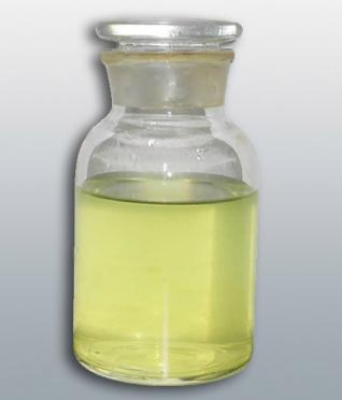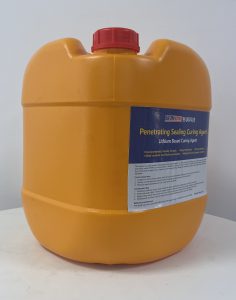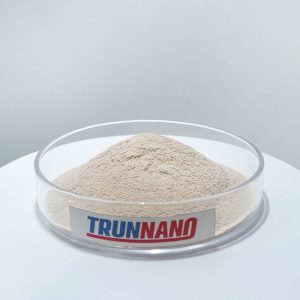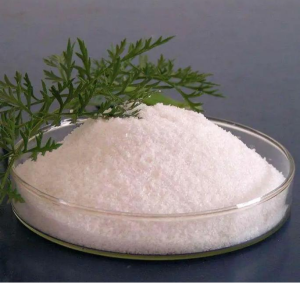Professional solutions on concrete addtives, Concrete Foaming Agent, Superplasticizer, CLC Blocks Additives, and foaming machine
Sodium Hypophosphate (NaH ₂ PO ₂):
Structure: Composed of a phosphorus atom combined with two oxygen atoms and two hydrogen atoms, carrying a negative charge balanced by sodium ions.
Solubility: Highly soluble in water, suitable for aqueous solutions used in industrial processes.
Reactivity: As a powerful reducing agent, it can convert metals from higher oxidation states to lower oxidation states. It rapidly decomposes in a strongly alkaline environment, releasing toxic phosphine gas (PH3).
Stability: Relatively stable under neutral or slightly acidic conditions but highly reactive in alkaline media.
Sodium phosphite (Na 3 PO 3):
Structure: Contains three sodium ions and one hypophosphite ion (PO 3 ³ ⁻), forming a more complex structure compared to sodium hypophosphite.
Solubility: Its solubility in water is lower than that of sodium hypophosphite, which may affect its use in certain applications.
Reactivity: As an effective reducing agent, but with lower reactivity than sodium hypophosphite. It remains stable under neutral or slightly acidic conditions.
Stability: More stable than sodium hypophosphite, especially in alkaline environments, it is not easily decomposed into phosphine gas.
Both compounds exhibit high reducing ability, enabling them to participate in redox reactions. However, their different structures and solubility result in different application configuration files and processing requirements.

Industrial Applications: Utilizing Unique Features
The multifunctionality of sodium hypophosphite and sodium hypophosphite has been transformed into a wide range of industrial applications, each utilizing the unique properties of these compounds:
Chemical plating:Sodium hypophosphite: crucial for electroless nickel plating, providing the necessary reducing ability to deposit a uniform nickel layer on non-conductive surfaces without external current.Sodium phosphite: When used in combination with sodium hypophosphite, it can fine-tune the coating process, improve coating quality, and reduce phosphine emissions.
Water treatment:Two compounds act as chelating agents, bind metal ions, and prevent scale formation. They are also a source of nutrients for beneficial bacteria in biological wastewater treatment systems, promoting cleaner water discharge and environmental protection.
Drugs:Two compounds: used for synthesizing pharmaceutical intermediates and active pharmaceutical ingredients (active pharmaceutical ingredients). Their reducing properties contribute to the preparation of compounds that are difficult to prepare using traditional methods.
Organic synthesis:Two compounds are capable of selectively reducing carbonyl groups to alcohols, which helps in the production of fine chemicals and specialty material intermediates. The choice between the two depends on the specific reaction conditions and the desired outcome.
Agriculture:Sodium phosphite: Its role in plant health and disease resistance is increasingly recognized. As leaf spray or soil irrigation, it can stimulate the plant’s defense mechanism against pathogens, increase crop yield and reduce the demand for synthetic pesticides.
| Parameter | Specification |
| Product Name | Sodium Hypophosphite |
| CAS Number | 13777-47-7 |
| Chemical Formula | NaPO₂ · H₂O (Hydrated form) |
| Molecular Weight | Approximately 109.95 g/mol (anhydrous) |
| Appearance | White to off-white crystalline powder |
| Form | Powder |
| Density (g/cm³) | 1.82 g/cm³ (anhydrous) |
| Melting Point (°C) | Decomposes at high temperatures |
| Boiling Point (°C) | Decomposes before boiling |
| Solubility in Water | Highly soluble in water |
| pH Value (1% solution) | Alkaline, pH approximately 8-9 |
| Water Content (%) | Varies depending on hydration level |
| Purity (%) | ≥98% (based on manufacturer specifications) |
| Application | Used as a reducing agent in electroless nickel plating, organic synthesis, and other industrial processes |
| Packaging | 25kg bags, 500kg bulk bags, drums or IBC containers depending on quantity |
| Storage Conditions | Store in a cool, dry place away from air, moisture, and incompatible materials; keep tightly closed |
| Shelf Life | Typically stable if stored properly |
| Safety Precautions | Avoid contact with skin and eyes; use appropriate personal protective equipment (PPE); handle in well-ventilated areas; follow safety data sheet (SDS) guidelines |
Product Specifications for Sodium Hypophosphite (NaPO₂)
Case Study: Sustainable Chemical Plating Solution
A noteworthy case study involves a leading chemical nickel plating manufacturer. Traditionally, the company heavily relies on sodium hypophosphite as the primary reducing agent in its plating solution. However, concerns about phosphine gas emissions and environmental impacts have prompted people to seek more sustainable alternatives. The R&D team explored the combination of sodium phosphite with optimized catalysts and co-reducing agents. This method not only reduces the emission of phosphine gas but also improves the plating efficiency and coating quality. In addition, implementing a closed-loop water circulation system minimizes the generation of wastewater and resource consumption to the greatest extent possible. These innovations have significantly improved the sustainability of operations. The company reported that the environmental impact has been reduced, operating costs have been lowered, and product performance has been improved. In addition, adopting green practices consistent with corporate social responsibility goals has gained positive recognition from customers and stakeholders.
Sodium hypophosphite and sodium hypophosphite are still essential compounds in modern chemistry, driving innovation in different industries. By implementing sustainable practices, advanced technologies, and regulatory compliance, transformative solutions are provided to address the challenges associated with their use. By exploring these methods, manufacturers can achieve efficient, safe, and environmentally responsible production of these important chemicals.
Supplier
Cabr-Concrete is a supplier under TRUNNANO of Concrete Admixture with over 12 years of experience in nano-building energy conservation and nanotechnology development. It accepts payment via Credit Card, T/T, West Union and Paypal. TRUNNANO will ship the goods to customers overseas through FedEx, DHL, by air, or by sea. If you are looking for sodium hypophosphite, please feel free to contact us and send an inquiry.sales@cabr-concrete.com






